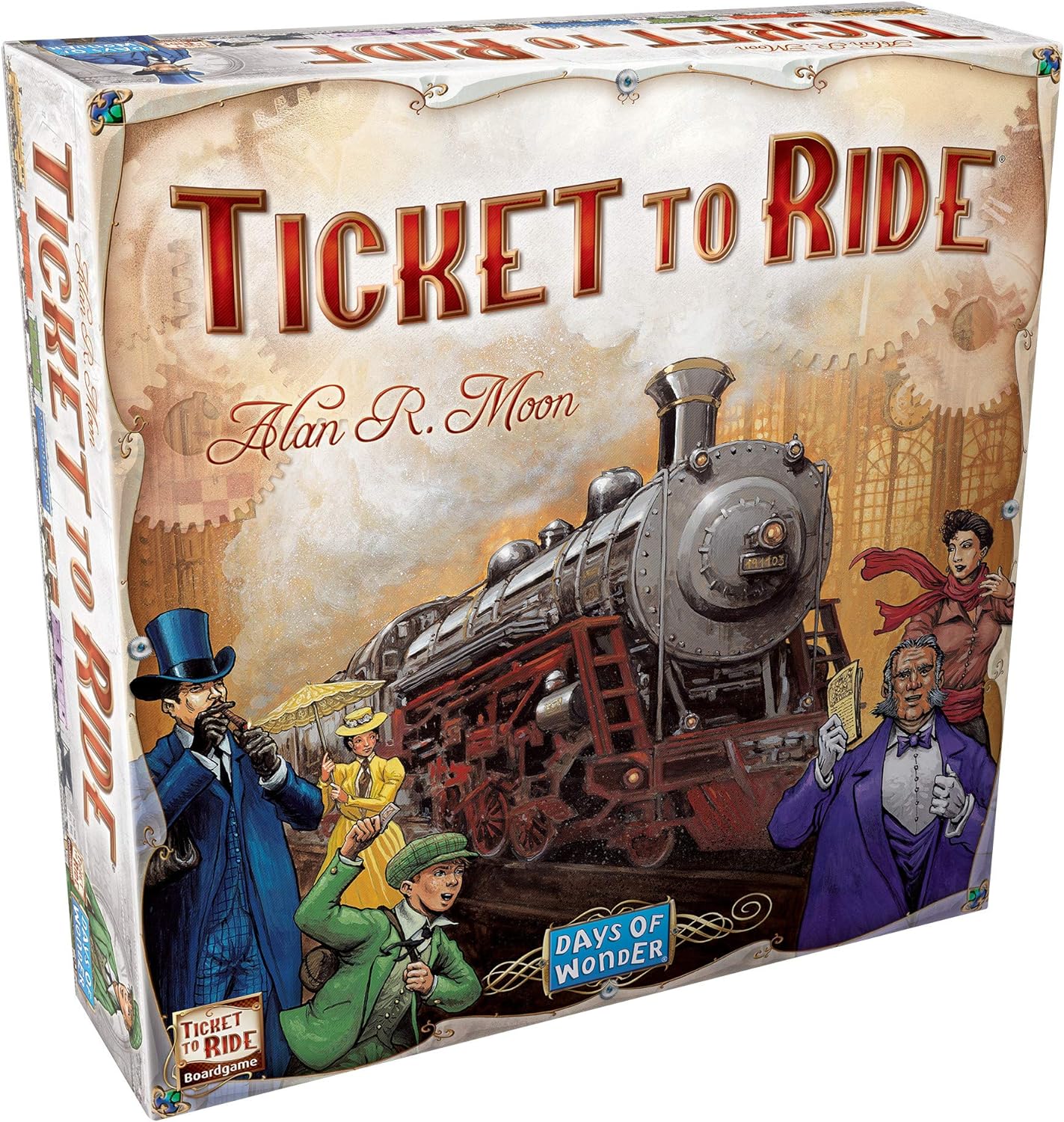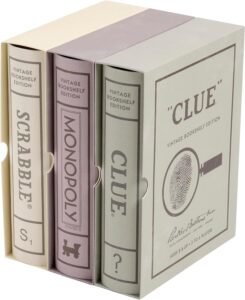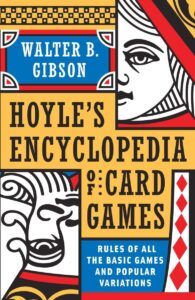Carcassonne is a modern classic board game, first published in 2000, designed by Klaus-Jürgen Wrede. The game takes its name from the medieval fortified city of Carcassonne in southern France, known for its distinctive walls and strategic location. Since its release, Carcassonne has become a staple in the world of board gaming due to its easy-to-learn mechanics, high replayability, and tactical depth. It has won numerous awards, including the prestigious Spiel des Jahres in 2001, and has spawned many expansions and digital adaptations.
Game Overview
- Publisher: Hans im Glück (Z-Man Games in English versions)
- Designer: Klaus-Jürgen Wrede
- Release Year: 2000
- Number of Players: 2-5 (expandable with additional expansions)
- Playtime: 30-45 minutes
- Ages: 7+
- Mechanics: Tile Placement, Area Control, Hand Management
- Complexity: Low to Medium (easy to learn, offers strategic depth)
How to Play
Objective
The goal of Carcassonne is to score the most points by strategically placing tiles to build cities, roads, monasteries, and fields, and by placing followers (called “meeples”) to claim these structures.
Setup
- Tiles: Shuffle the 72 land tiles and place them face down in a stack.
- Starting Tile: Place the starting tile (usually a tile with both city and road segments) in the middle of the table.
- Meeples: Each player chooses a color and receives seven meeples.
- Scoreboard: Place the score tracker near the playing area, and each player places one meeple on the starting position (0) of the scoreboard.
Gameplay
- Draw and Place a Tile: On a player’s turn, they draw one tile from the stack and must place it adjacent to already-placed tiles. The tile must fit, meaning all roads must connect to roads, fields to fields, and city sections to city sections.
- Place a Meeple: After placing a tile, the player has the option to place one of their meeples on a feature of that tile (city, road, monastery, or field). A meeple can only be placed on a feature that is not already claimed by another player.
- Scoring:
- Roads: When a road is completed, the player with the most meeples on that road scores points.
- Cities: Similarly, completed cities score points based on the number of tiles making up the city.
- Monasteries: A monastery is completed and scored when it is surrounded by eight adjacent tiles.
- Fields: Fields score points at the end of the game based on the number of completed cities they supply.
- End of Turn: After placing a meeple (or choosing not to), the player’s turn ends, and play passes to the next player.
- Game End: The game ends when all tiles have been placed. Final scoring is conducted for incomplete features (roads, cities, and monasteries), and fields are scored.
Details
- Components:
- 72 Land Tiles: These tiles depict roads, cities, fields, and monasteries.
- Meeples: Each player receives seven wooden meeples in their color, which they can place on features to claim them for points.
- Score Tracker: A track that runs from 0 to 100 is used to keep score throughout the game.
- Expansions: Several expansions introduce new tiles, rules, and meeple types, such as Inns & Cathedrals, Traders & Builders, and The Princess & The Dragon.
Variations of the Game
- Carcassonne: Inns & Cathedrals: Adds new tiles and allows up to six players. Features inns that increase the value of roads and cathedrals that enhance city scoring.
- Carcassonne: Traders & Builders: Introduces trading elements, giving players bonuses for completing cities with certain goods.
- Carcassonne: The River: Provides a different starting setup, with a river flowing through the landscape, which diversifies early-game tile placement.
- Carcassonne: Winter Edition: A seasonal version with winter-themed tiles and decorations.
Strategy Tips
- Early Game: Focus on securing small, easily completed features such as short roads or small cities to rack up early points and retrieve your meeples.
- Meeple Management: Managing your supply of meeples is crucial. If you run out, you won’t be able to claim more features until you complete existing ones and get your meeples back.
- Field Strategy: Placing a meeple on a field early in the game can be a long-term investment. However, it can be risky because those meeples will be unavailable for the rest of the game.
- Blocking Opponents: Pay attention to your opponents’ plans, and strategically place tiles to prevent them from completing cities or roads.
Pros & Cons
Pros:
- Simple rules make it accessible to all ages.
- High replayability with endless tile combinations.
- Strategic depth without being overwhelming.
- Encourages competitive and interactive gameplay, especially with the element of blocking.
Cons:
- Luck of the tile draw can occasionally frustrate players.
- Some players may find field scoring and farming strategies difficult to master.
- Not as exciting for those who prefer games with heavier mechanics or more direct conflict.
Who Will Enjoy This Game
Carcassonne is perfect for casual gamers, families, and anyone who enjoys light-to-medium strategy games. It’s great for players who enjoy tile-laying mechanics and those looking for a game with a balance of luck and strategy. It’s especially suited for mixed groups of players with different skill levels due to its accessibility.
Recommended Age Groups
- Kids (7+): Simple rules make it easy for kids to learn and enjoy.
- Teens and Adults: The game’s strategic elements appeal to older players looking for more depth.
- Families: Carcassonne is an excellent family game due to its relatively short playtime and the way it scales for various player counts.
Similar Games
- Kingdomino: A tile-placement game with similar strategic depth and spatial awareness.
- Isle of Skye: Another tile-laying game with bidding mechanics and dynamic scoring conditions.
- Alhambra: A game that also involves tile placement and building, but with a stronger focus on economy and resource management.
User Reviews
Players often praise Carcassonne for its simplicity combined with strategic depth. Many enjoy the competitive nature of the game, especially when it comes to blocking opponents or competing for control of features. The game’s expansions are highly regarded for adding variety and complexity to the base game. Some criticisms include the game’s reliance on luck in drawing tiles, but overall, it is a beloved game in the tabletop community.
FAQs
- Q: Can you play Carcassonne with two players?
A: Yes! In fact, Carcassonne works very well as a two-player game. The strategy may change slightly as there’s less competition for tiles and features. - Q: How long does a typical game last?
A: Most games last between 30 to 45 minutes, depending on the number of players and familiarity with the game. - Q: Is Carcassonne suitable for young children?
A: Yes, children as young as seven can easily learn the game’s mechanics, and its colorful artwork appeals to kids.
Final Verdict
Carcassonne is a timeless tile-placement game that offers both simplicity and strategic depth, making it enjoyable for a wide variety of players. Its modular board setup ensures that no two games are the same, and the numerous expansions offer even more variety. Whether you’re playing a relaxed game with family or a competitive round with friends, Carcassonne delivers a satisfying blend of luck, strategy, and interaction. Its status as a gateway game is well-deserved, and it continues to be a favorite among board gamers worldwide.






Post Comment